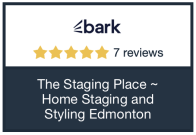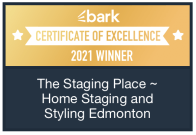Welcome to The Staging Place!
We elevate your spaces through staging and design
Getting Edmonton homes sold faster and for more
We elevate your spaces through staging and design
Getting Edmonton homes sold faster and for more

Home Staging and Design in Edmonton
Looking to breathe new life into your living spaces?
The Staging Place will craft an aesthetic you’ll adore forever! As Edmonton’s leading home staging and design company, we possess an eye for detail that can turn any property into an irresistible, market-ready masterpiece.
With our inventive staging solutions, we’ll maximize your home’s appeal to captivate potential buyers from the moment they step through the door!
The Staging Place
Our team of professionals specialize in Home Staging,
Design and Renovations in Edmonton and surrounding areas.
Are you thinking about selling or redecorating
your property but...



Whether you’re a home owner, builder, realtor, investor or business owner, don’t leave money on the table in carrying costs and price reductions. Let our team of experts create your buyer’s dream home.
What you can expect from staging your home
Home staging is something buyers have come to expect! Don’t allow your competitors to sell faster and for a higher price as they take advantage of the best marketing technique out there when selling a home, great staging!

Get top dollar
HSR certified professionally staged homes sell on average for 10% more.
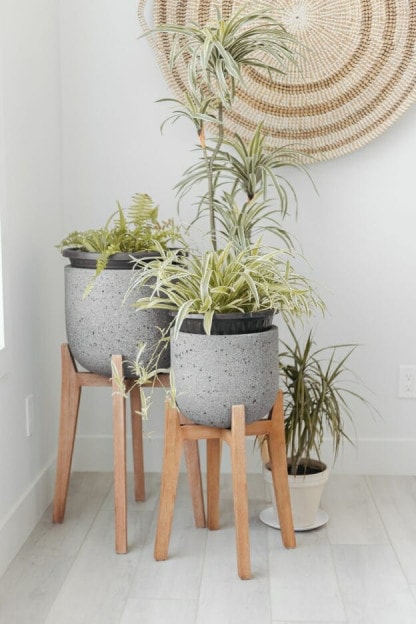
Stay stress free
We provide the best strategies based on the current market, location, and demographics.
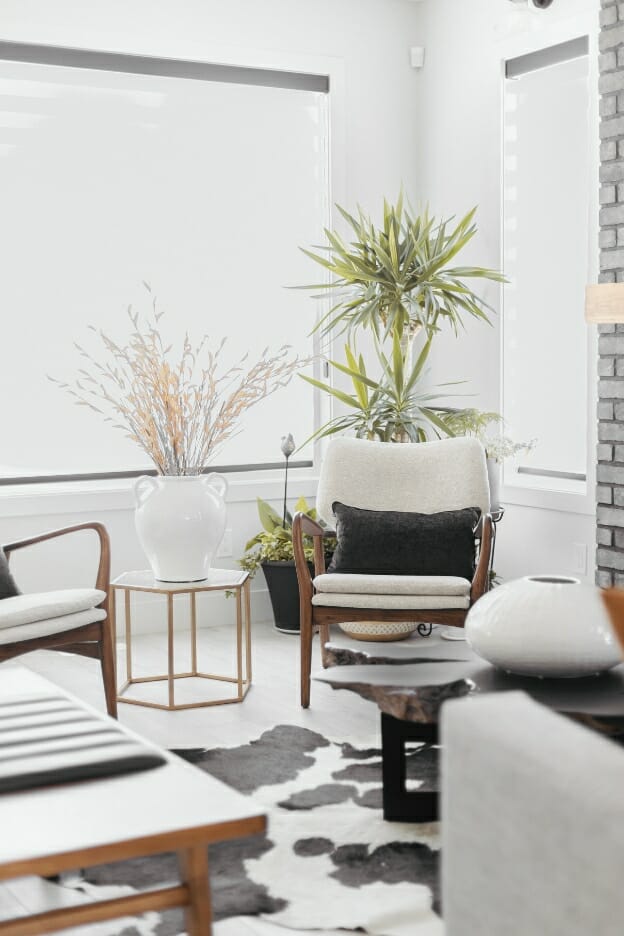
Results
We can help to feature the best parts of the home to wow prospective buyers because we are trained to understand what sells.
What you can expect from staging your home
Home staging is something buyers have come to expect.
Don’t allow your competitors to sell faster and for a higher price as they take advantage of the best marketing technique out there when selling a home – great staging!
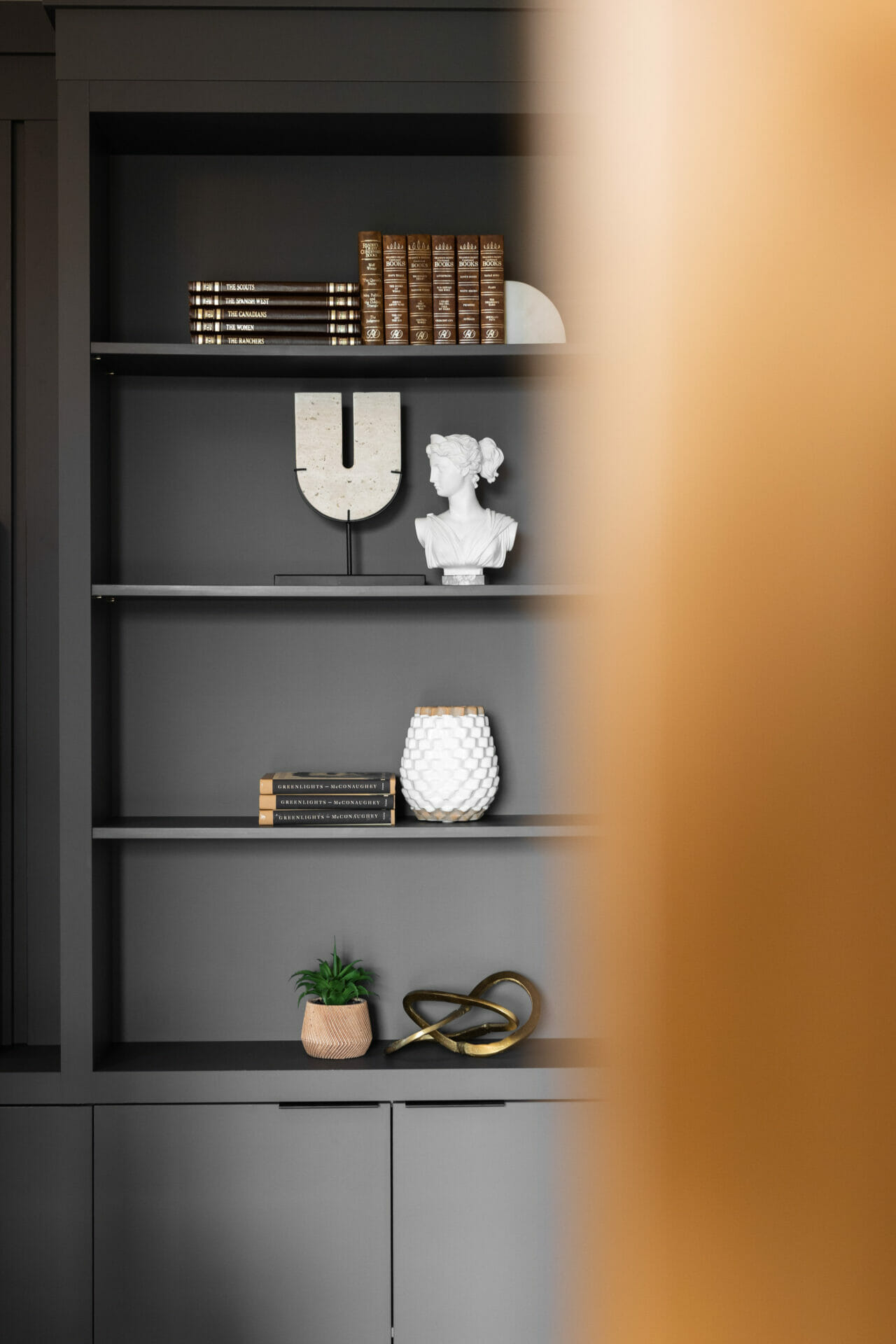
Get top dollar
HSR certified professionally staged homes sell on average for 10% more.
Stay stress free
We provide the best strategies based on the current market, location, and demographics.
Get Results
We can help feature the best parts of the home to WOW prospective buyers because we are trained to understand what sells.
Follow us on social
Why Choose Us?
We yield results
We are committed to helping you prepare your home for the market so that you can achieve a faster sale for a better price.
We take away the stress of selling
We know that selling your home is a stressful time. Our services focus on helping you making this big transition as seamless and stress-free as possible through our multiple options.
We understand what sells
We at the Staging Place understand that the number one reason buyers purchase a home is because it “felt home”. We are here to help you achieve that home feel by creating beautiful, warm and inviting spaces that buyers fall in love with as soon as they walk in the door. “This is it!, This is the one!”.
Success Stories
brought amazing flair to this place. Enjoy your holidays.
Pierre M
Staging Client
She adhered to all the covid safety precautions and offered her expertise in an open, flexible and non judgemental manner. We were blown away by suggestions that she made which had not entered our realm of consideration. The rooms that she made her recommendations for will display some amazing transformations. We do not hesitate to recommend Liliam as she will not disappoint.
Nicole P
Redesign Client
as doing my first big reno. Liliam had some ideas that I hadn’t considered and helped with what to expect during renos as well as good questions to ask your contractors. The discounts she gets at flooring places and suggestions for where to find small detail items eg. decorative nails for bathroom panels on the side of a tube, was worth it all by itself.
Angela N
Renovation Client
for what you have done. Thank you very much! You have done some amazing work. Awesome!
Kris B
Staging Client
for staging our property and she completely transformed it!! Definitely recommend her for any staging she has a real gift.
Christine S
Staging Client
the Staging Place online. They replied quickly and were very easy to communicate with . The on-site consult was very efficient, informative, and cooperative. We are really happy with the project map, ideas and style designs that came out of the 2hr meeting. Very good value and highly recommend.
Jeff E
Renovation Client
Love the art you brought in. We are very very happy with what you’ve done. Thank you so much!
Gabriella B
Staging Client
Liliam, thank you for your vision and execution of this project, it honestly looked so awesome, and we received so many compliments!
Drew K
Vacant Stage Client
I was impressed right away with Liliam’s professional advice about home staging and how to get the best value for our money. The decorating service was superb; many of our friends and family who saw the “After” photos could not believe it was the same home. The Staging Place delivered efficient, timely and excellent customer service. It’s been a pleasure to work with Liliam and such a professional company. Thank you, Staging Place!
Olana T
Staging Client
Frequently Asked Questions
Start by scheduling a consultation with our team. We’ll discuss your property, your goals and what type of staging would create the most impact, vacant or occupied. From there, we provide a customized estimate and outline next steps for your project.
We provide both vacant and occupied home staging services across Edmonton and surrounding areas.
- Vacant home staging includes full furniture and décor rental, delivery, setup, styling, and pickup.
- Occupied home staging incorporates your existing furniture, with the option to rent additional pieces from our inventory.
If you need help preparing your home before staging day, we can also arrange professional decluttering as an optional add-on.
No, there’s no obligation to book a staging package after your free consultation. The initial consultation is designed to help you understand your options, pricing and the process so you can make an informed decision.
For occupied homes, we also offer an in-home consultation at a small additional fee for a more detailed plan.
Our free consultation is a phone call to learn about your property, the number of rooms to be staged and your goals for the sale. We’ll then provide an estimated cost and custom staging plan. If you are ready to proceed, we can schedule your staging date.
Our staging contracts are a minimum one month duration and continue on an optional, month to month term. Our recommendation is to keep the staging for the duration of the listing.
Yes! In addition to home staging, we provide design and styling services for homeowners who want to refresh their space. From furniture sourcing to full-room redesigns, we help create a cohesive and timeless look for your lifestyle.
Home staging is focused on marketing your property for sale, creating broad appeal to attract buyers quickly. Interior design, on the other hand, is customized for personal enjoyment and long-term living. Both use strong design principles, but the goals differ: staging aims for emotional connection and resale impact, while design reflects your personality and functional needs.
The most impactful spaces are the areas potential buyers will see first. Such as, the living room, kitchen, dining room and the primary bedroom. These shape first impressions. A recommendation will be given depending on your property’s layout.
Pricing depends on the number of rooms to be staged and whether the home is vacant or occupied.
Our packages include:
- Professional consultation and space planning
- Furniture and décor selection from our owned inventory
- Delivery, setup, styling, and removal
For vacant homes, the consultation is included. For occupied homes, an in-home consultation is available for an additional fee. We provide estimated pricing before the consultation, so you’ll always know what to expect.
Once your consultation is complete and you’ve finished any prep work (like decluttering, cleaning, or repairs), we can typically stage your home within 2–5 business days. Setup takes 4–8 hours, depending on the number of rooms and scope of work. Once complete, your home is ready for photography and showings immediately.
It is important to look for:
- Certified stagers with proven experience
- Photos of their past work
- Transparent pricing and clear inclusions
- Edmonton market knowledge
- Past customer reviews
- Professionalism, and reliability
At The Staging Place, we’ve been proudly serving Edmonton for over eight years. We own all our furniture and maintain one of the largest staging inventories in the city, allowing us to match various design styles, and colour palettes


